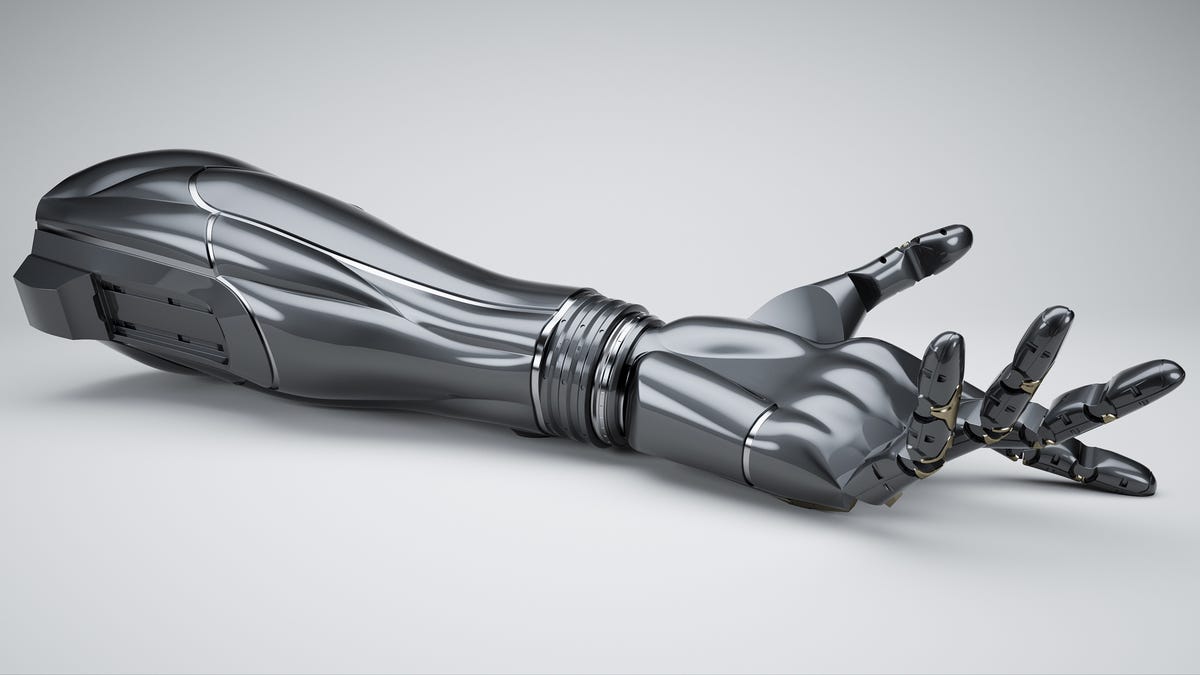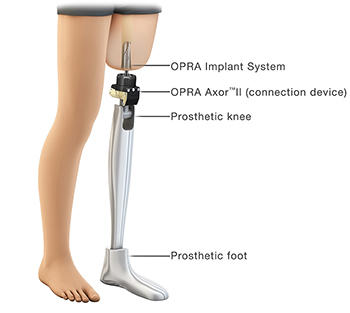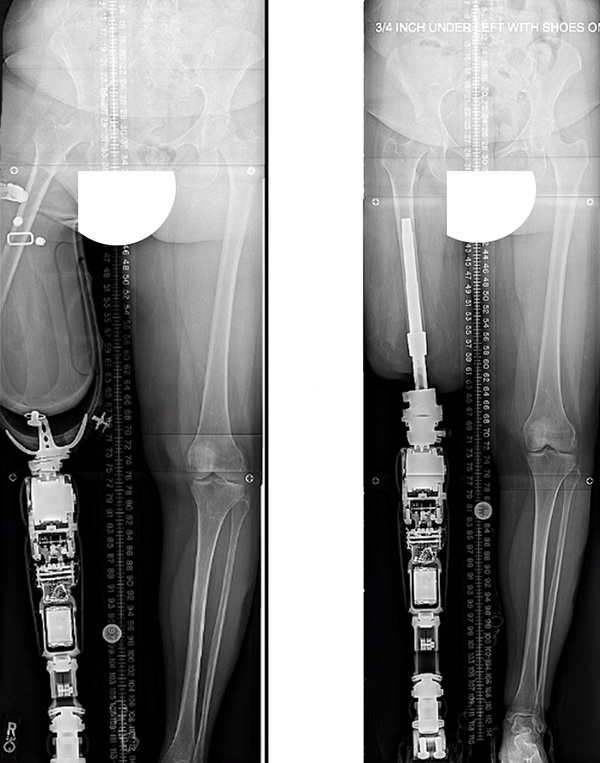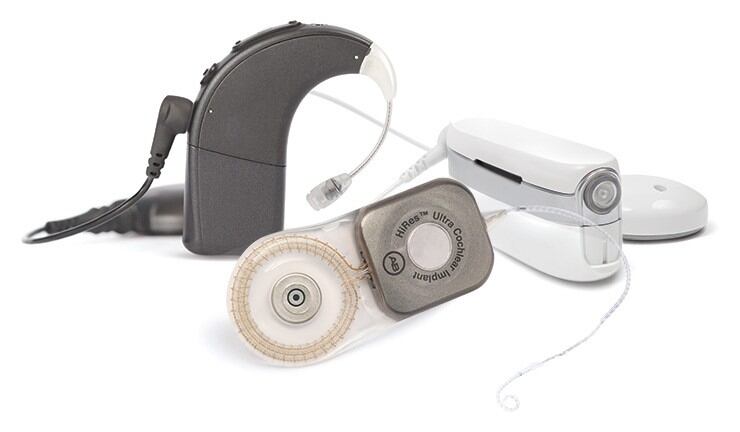Introduction
Bionics, a field that merges biology and engineering, has been revolutionizing the way we approach and solve various challenges in medicine, technology, and beyond. From neural implants that help restore sensory and motor function to exoskeletons that augment human strength and endurance, bionic systems have the potential to greatly enhance our physical and cognitive abilities. In this article, we will explore the exciting world of bionics, its definition, types of systems, and recent advancements. We will also touch on the potential of this field to shape our future in ways that were once considered impossible. Whether you are a student, researcher, or simply curious about the latest developments in technology, this article aims to provide you with a comprehensive introduction to bionics and its potential to improve our lives.
Types of Bionic Systems

Bionic arm. Courtesy of CNET
Bionic systems come in a variety of forms, each designed to mimic and augment specific biological structures and functions. Some of the most common types of bionic systems include:
- Neural Bionics: This type of bionics focuses on developing implantable devices that interface with the nervous system to restore or enhance sensory and motor function in individuals with neurological conditions. Neuralink’s “The Link” brain-machine interface can be considered a Neural Bionic system. If you want to read more about The Link we have published this article: https://www.findlight.net/blog/neuralink-technology/. Subsequently, you might also want to check out this article on Neuralink Capabilities.
- Prosthetics: Prosthetics are artificial limbs designed to substitute missing or damaged body parts. Advances in bionics have led to the development of prosthetics that are not only functional but can be controlled by the wearer’s muscles.
- Exoskeletons: These wearable structures have the capabilities to augment the human body, most commonly in the strength aspect of the body. These suits are mostly seen in military and industrial applications but have recently been explored for rehabilitation and assistance for individuals with mobility impairments.
Prosthetics are often considered the most widespread type of bionic systems, as they have a broad range of applications. Ultimately, the popularity of a particular type of bionic system will depend on the specific needs of the individual and the availability of suitable technology to meet those needs.
How do Prosthetic Implants Work?

Prosthetic Implant diagram. Courtesy of Froedert
Various movements and actions are needed to be imitated by these prosthetic limbs. Moving your arm away from your body, or clenching your fists is not as simple as you may think. Recreating the complex movements and actions of human limbs with prosthetics is challenging. It requires sophisticated software to imitate the movement patterns, which can be difficult to develop.
Hardware engineers have found a solution by using machine learning. By recording movement patterns of muscle contractions, they have been able to create accurate simulations of human movement, making it easier to develop prosthetics that can mimic human movements. The remnant muscle contractions work with the prosthetic implant to create seemingly natural movement patterns.
In addition to machine learning, other technologies such as electromyography (EMG) sensors and microprocessors are also commonly used in prosthetic implants. EMG sensors are used to detect the electrical signals generated by the residual muscles and transmit this information to the microprocessor in the prosthetic implant. The microprocessor then interprets the signals and uses them to control the movement of the prosthetic limb.
Osseointegration

Osseointegration procedure. Courtesy of HSS
Osseointegration is a surgical technique that involves directly connecting a prosthetic device to the skeleton of the body through a titanium abutment. It is commonly used in the creation of prosthetic limbs, specifically in the design of lower-limb prosthetics. In an osseointegrated implant, a titanium screw is surgically placed into the bone, serving as an anchor for the prosthetic device. This allows for a secure connection between the prosthetic and the skeleton, which results in more stability and control for the user.
This method of attachment marks an improvement from the previous use of fitted sockets, which were utilized to attach prosthetic implants to the body. The use of fitted sockets, however, was not always ideal as it could cause strain on the remaining bone.
Advancements in Bionics
The use of remnant muscle contractions in prosthetic implants is an important advancement in the development of bionic systems and has greatly improved the functionality and natural movements of prosthetics. A remnant muscle contraction refers to the residual electrical activity that can still be detected in the muscles of amputees even after the loss of their limb. By utilizing these remnant muscle contractions, bionic engineers have been able to design prosthetics that are capable of responding to the user’s intent to move, as the residual electrical signals can be used to control the movements of the prosthetic limb. Additionally, this advancement has brought forth improvements in the software realm of bionic implants.
Researchers are exploring the use of brain-machine interfaces to help individuals with paralysis regain control of their limbs, as well as to improve the control of prosthetic limbs in amputees. In prosthetics, advances in materials science and engineering have allowed for the development of lighter, more comfortable prosthetic limbs that can more accurately mimic the movements of natural limbs. Exoskeletons, on the other hand, have become more advanced and versatile, with some models now able to assist with a wider range of movements and activities, from walking to lifting heavy objects.
Bionics in Hearing Technology

Cochlear Implant. Courtesy of Advanced Bionics
Cochlear implants are a type of bionic system that can restore hearing to individuals with severe to profound hearing loss. These devices work by converting sound into electrical signals, which are then transmitted directly to the auditory nerve by bypassing the eardrums. The resulting sensation of sound is perceived by the brain as if it were natural hearing.
Cochlear implants have come a long way in recent years, with improvements in technology leading to better sound quality, longer battery life, and more user-friendly designs. These advancements have helped cochlear implants become a highly effective and widely used bionic system for those with hearing loss.
Hardware Used in Bionics
One of the key components of bionic systems is the microprocessor, which acts as the central nervous system, controlling and coordinating the various functions of the device. The exact purpose of the microprocessor varies based on the limb the processor is embedded in. For instance, in implantable devices such as cochlear implants and deep brain stimulators, the microprocessor is enclosed in a hermetically sealed biocompatible casing, ensuring long-term compatibility with the human body. This is great as infection is a large problem for these implants.
In wearable exosuits, the microprocessor is complemented by sensors that gather information about the wearer’s movements, allowing the device to respond in real-time and provide assistance or enhancement as needed. Additionally, bionics also utilizes actuators, such as motors and hydraulic systems, to produce movement and power. These actuators are carefully designed to be compact and lightweight, making them ideal for integration into wearable devices. With these and other advanced hardware components, bionics is changing the way we think about human potential and providing new opportunities to enhance our capabilities.
Conclusion
In conclusion, the field of bionics is rapidly advancing and has the potential to revolutionize the way we approach various challenges in medicine and technology. From neural bionics and prosthetics to exoskeletons, this field offers a range of systems that can enhance our physical and cognitive abilities. The recent advancements in bionics, such as osseointegration and the use of remnant muscle contractions in prosthetic implants, have greatly improved the functionality and natural movements of these systems. Additionally, the use of brain-machine interfaces and lighter materials in prosthetics has the potential to bring about further improvements in the field. The potential for bionics to improve the lives of individuals with disabilities and enhance human capabilities is exciting and worth exploring further.
External Sources
https://newsinhealth.nih.gov/2018/08/bionic-movements
https://masterbs.edu.umontpellier.fr/files/2021/09/Bionics-Kheddar-min.pdf
This article is brought to you by RPMC Laser, a US-based distributor of laser diodes and other laser products and solutions
